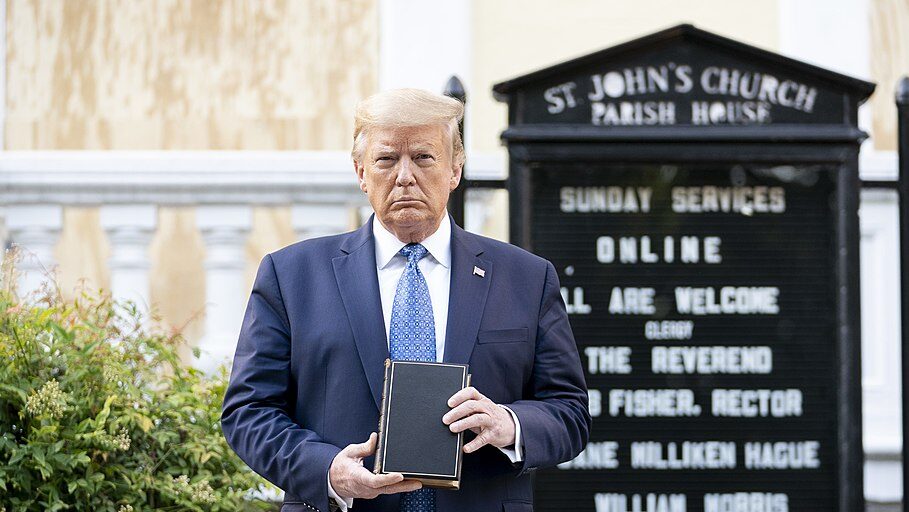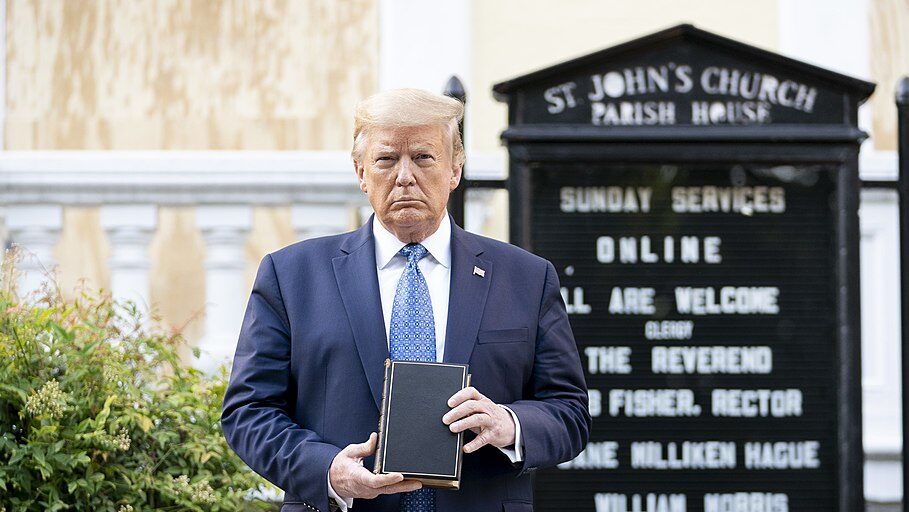While President Donald Trump made pledges during his campaign trail to bring manufacturing jobs back to the U.S., a new report from Wells Fargo economists predicts that tariffs won’t make it easy, calling it an “uphill battle,” Business Insider reports.
The report highlights Trump’s move doesn’t attribute to growth in the manufacturing field. There are factors like low factory job growth, high labor costs, the limitations of skilled workers to fill vacant positions, and limited population growth, given lower fertility rates and slower immigration. The employment rate for US-based manufacturing sits at 12.8 million, a massive drop from its 1979 peak of 19.5 million.”An aim of tariffs is to spur a durable rebound in US manufacturing employment,” Wells Fargo analysts wrote.
“However, a meaningful increase in factory jobs does not appear likely in the foreseeable future, in our view.”
Tariffs played a large part in Trump’s economic agenda in hopes of reviving a pathway for manufacturing to become steady in the U.S. The goal was to increase import costs in hopes of incentivizing companies to make goods stateside. “Jobs and factories will come roaring back into our country,” Trump said during his April 2 tariff announcement. “And ultimately, more production at home will mean stronger competition and lower prices for consumers.”
However, his plan has turned more into a bullying strategy, starting a trade war with countries like China and American companies like Apple. According to the Associated Press, the 47 ofth president threatened the tech conglomerate with 25% tariffs on products if they failed to produce iPhones in the U.S.: “I have long ago informed Tim Cook of Apple that I expect their iPhones that will be sold in the United States of America will be manufactured and built in the United States, not India, or anyplace else,” Trump wrote on his Truth Social platform.
“If that is not the case, a Tariff of at least 25% must be paid by Apple to the U.S.”
Tariffs across the board are sitting at 10% in addition to 30% in duties on China, which keeps their current level of duties at the highest they have been since the 1940s. Analysts from Wells Fargo did the math on what needs to happen in order to make Trump’s plan a reality — but it’s a long shot. “In order for manufacturing employment to return to its historic peak, we estimate at a minimum $2.9 trillion in net new capital investment is required,” the report revealed.
“Assuming businesses are willing and able to invest such ample sums, questions over staffing remain.”
Experts estimate it would take the addition of approximately 6.7 million jobs for America to get back to its manufacturing glory days, but that number is the same figure of unemployed citizens, with the gaps outweighing the reality.
RELATED CONTENT: Port Of L.A. Executives Warn Consumers Of Shortages As Boats Carrying Chinese Goods Cut In Half






